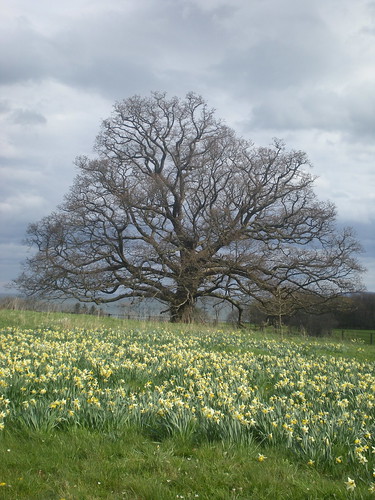
I had a visit today from Bren Taylor (AKA @edugame), Education consultant at Link2ICT, who wanted to have a look at how I used technology and especially social networking tools in the classroom to enhance teaching and learning.
He’d done his homework as he’d already seen my blog and the WCPS wikispace that I created as the next step for pupils to have their own area to showcase their work with me. We talked for a bit about previous projects and activities including replying to Ewan McIntosh’s tweet, and using Twitter to ask questions in RE before he saw a Spanish lesson with year 5.
Today we were starting a new topic – Yo soy músico. The first lesson involves learning a song based on I am the musicman, taking about instruments that you can play and also beginning to give opinions about music. So, rather than stick to asking the kids, I decided to use my Twitter mates to help me.
I sent out a warning tweet last night (before the football overtook me!)

so people knew to be watching out for my request today – and I actually got several answers last night at people would be busy this morning.




In the lesson, we talked about Twitter and how we might use it, and the kids were fascinated by looking at my page, and seeing how many followers I had – they were particularly impressed by my being ‘followed by’ Robert Llewellyn from Scrap Heap Challenge!
I showed them the answers we had received already and we were able to look at them and discuss different types of music – a good debate about how to define ‘alternative’ music – and also instruments like bodhran and the harp. Highlight of this section was a demonstration of masterful ocarina playing on the iPhone by Bren!!
There was a response in Spanish and I was able to read this with the class and, even before I asked them, they were decoding the meaning using all their LLS and KAL skills. Proud teacher :o)
We then posted our tweet and refreshed my replies after a minute to see that we’d already had one response, soon to be followed by another 7 or 8 over the next few minutes.



We used the responses later in the lesson when we were forming sentences in Spanish. Again,we used a tweet in Spanish already as a starting point, pickd out key words and then used the tweets in English to give us ideas of how we might respond to the question ¿Tocas algún instrumento musical? Pupils then worked in pairs to form their sentences; these were shared and the class commented on what was good about each example and ideas for improvement , e.g. word order; use of connectives; varying the instruments from ‘el piano’; using past vocabulary etc.
When asked if they’d enjoyed the lesson, many pupils said yes. And I could tell from their behaviour that the class were engaged. Definitely a thumbs up from class and teacher!
So, in case you missed it earlier –

























